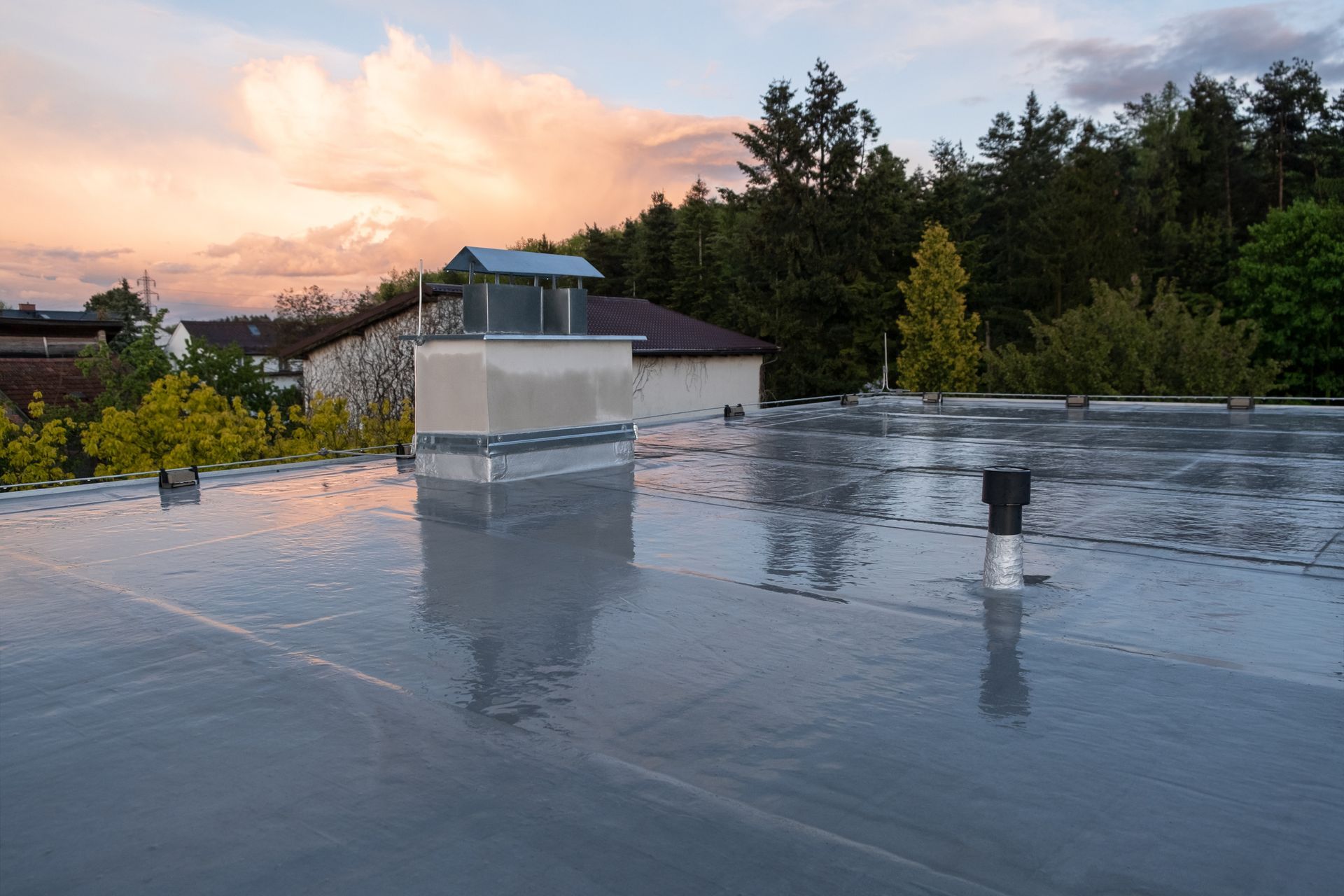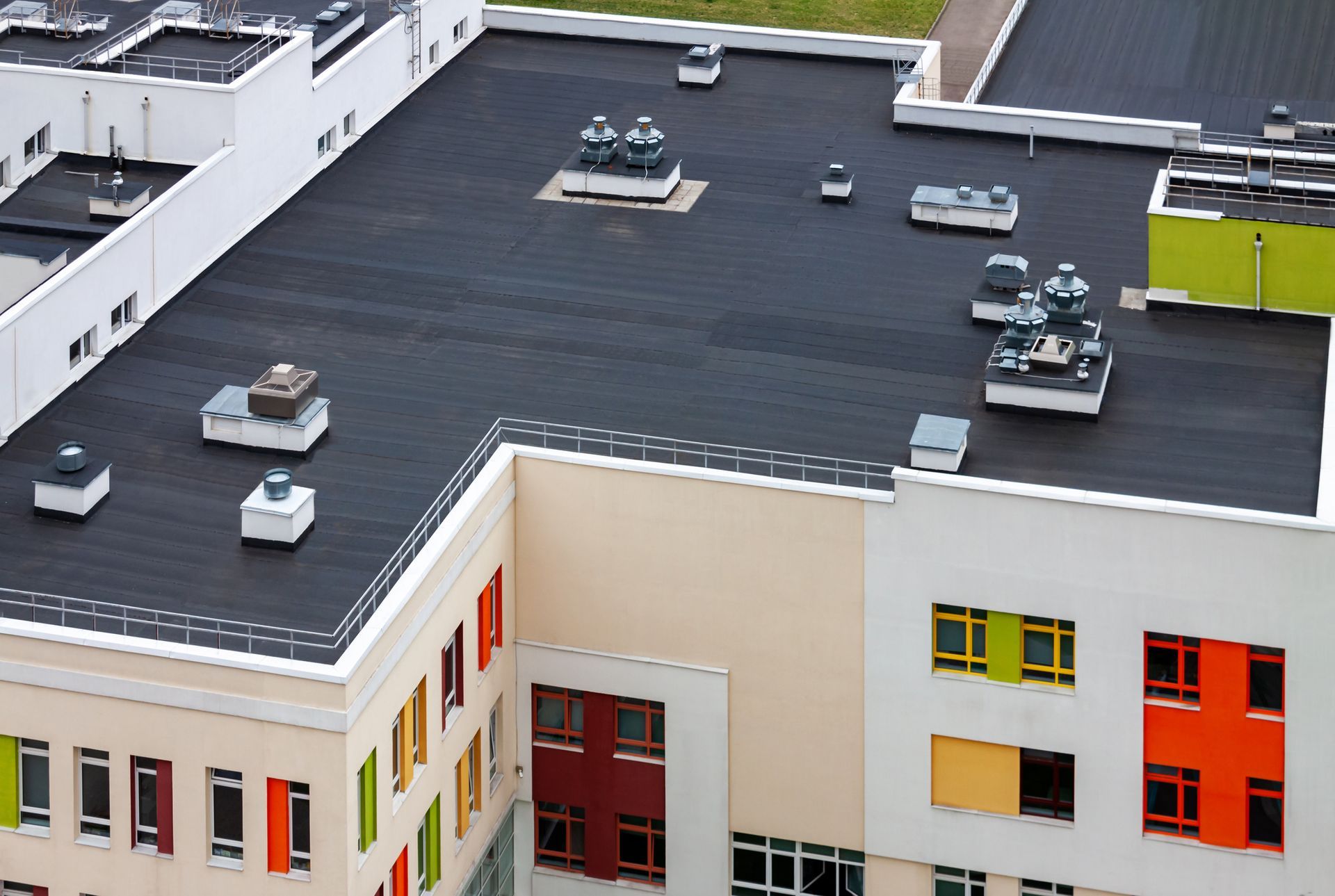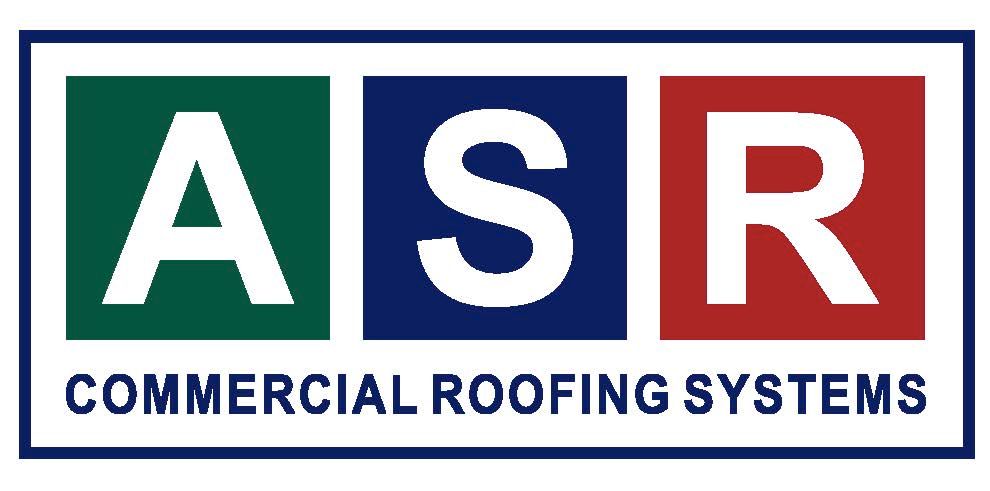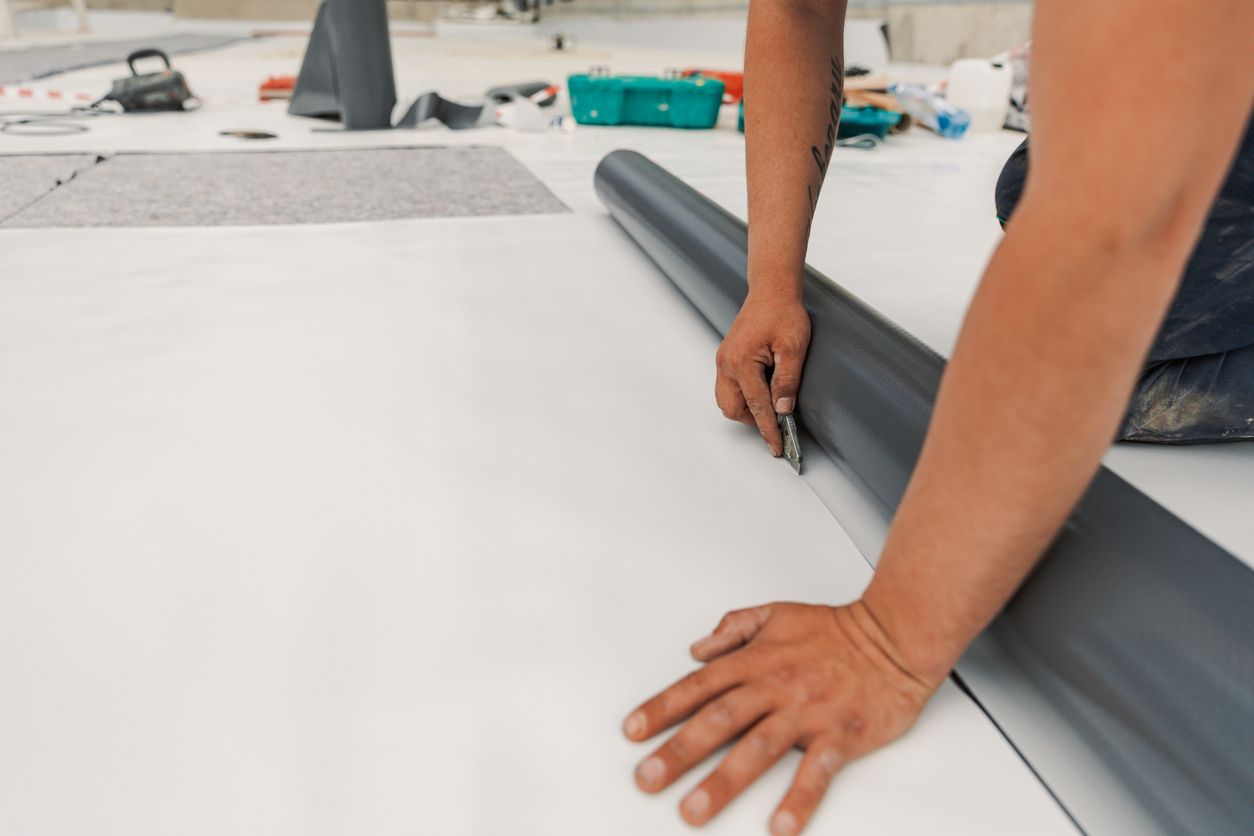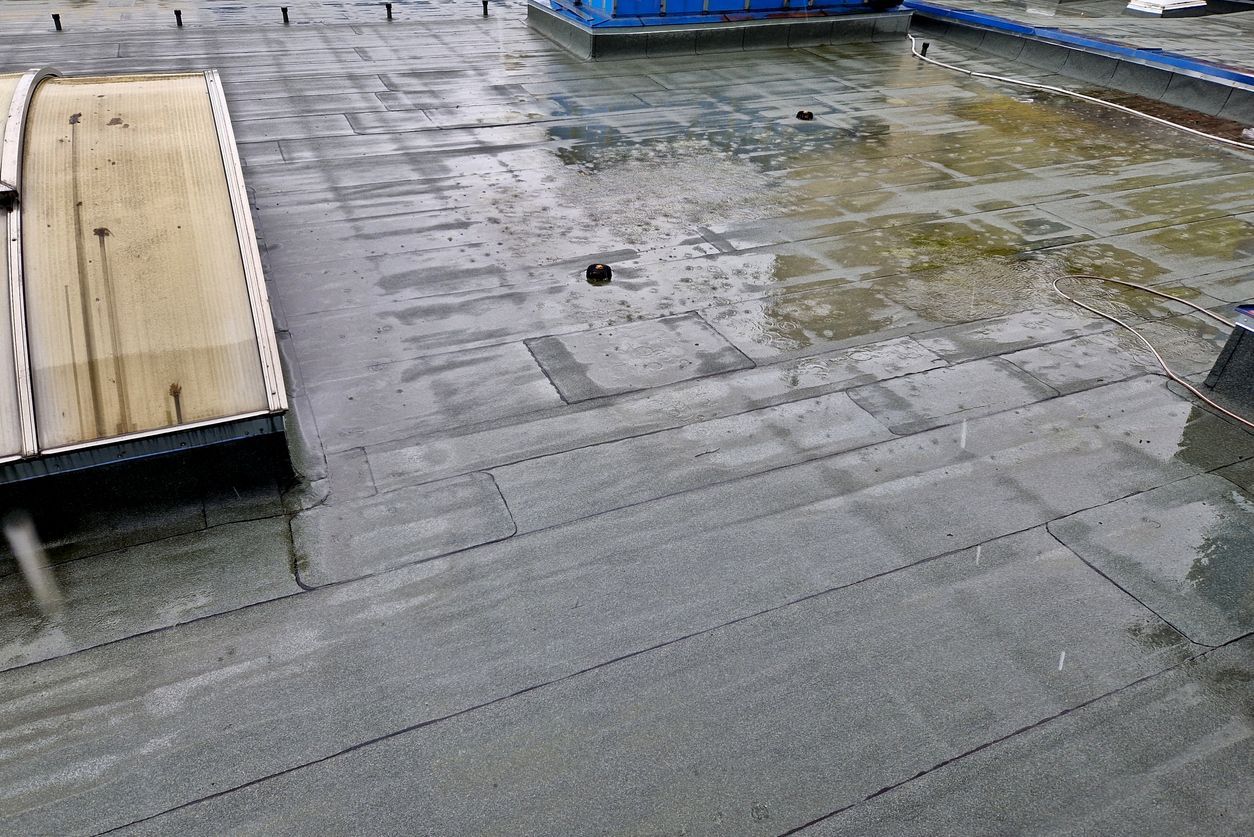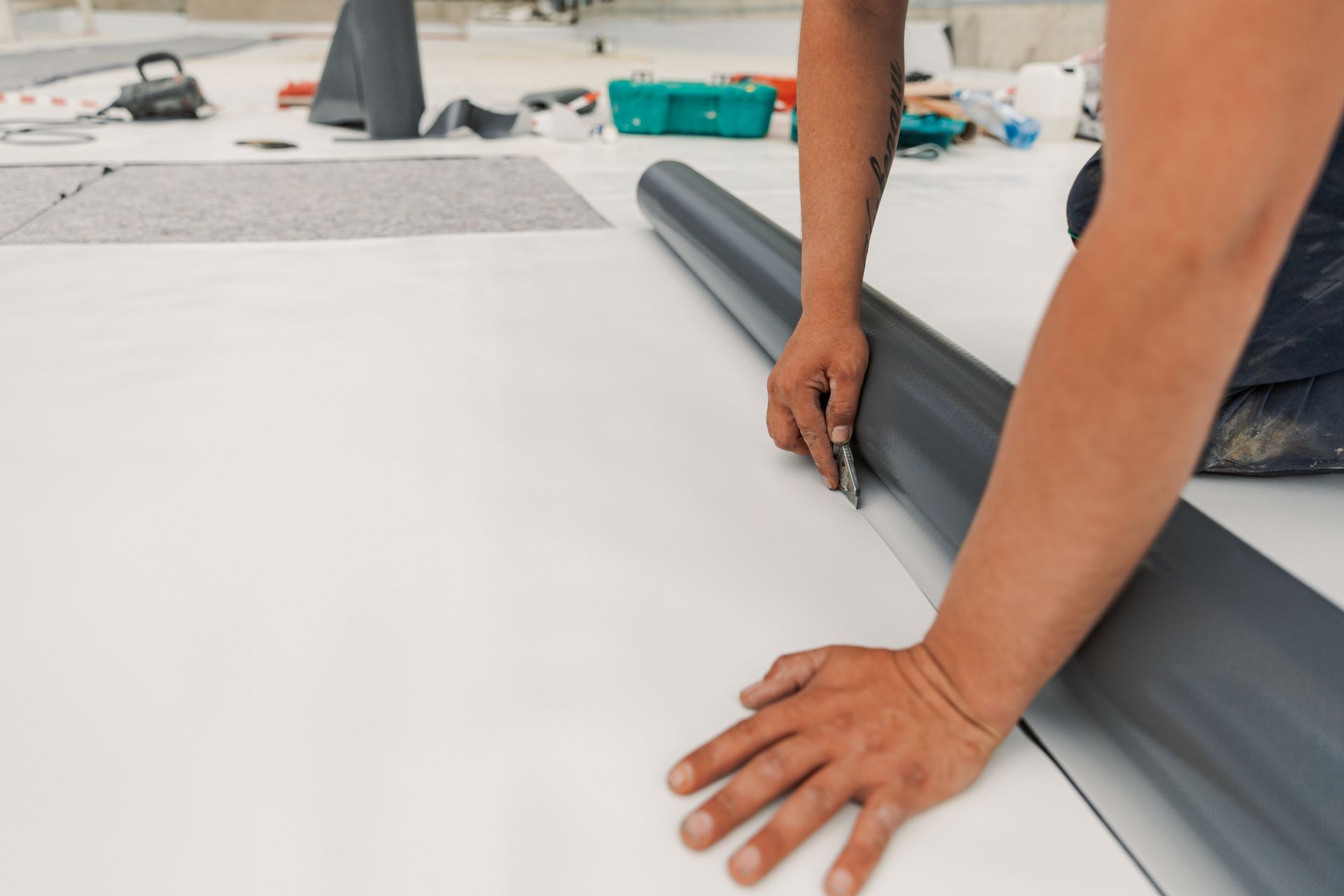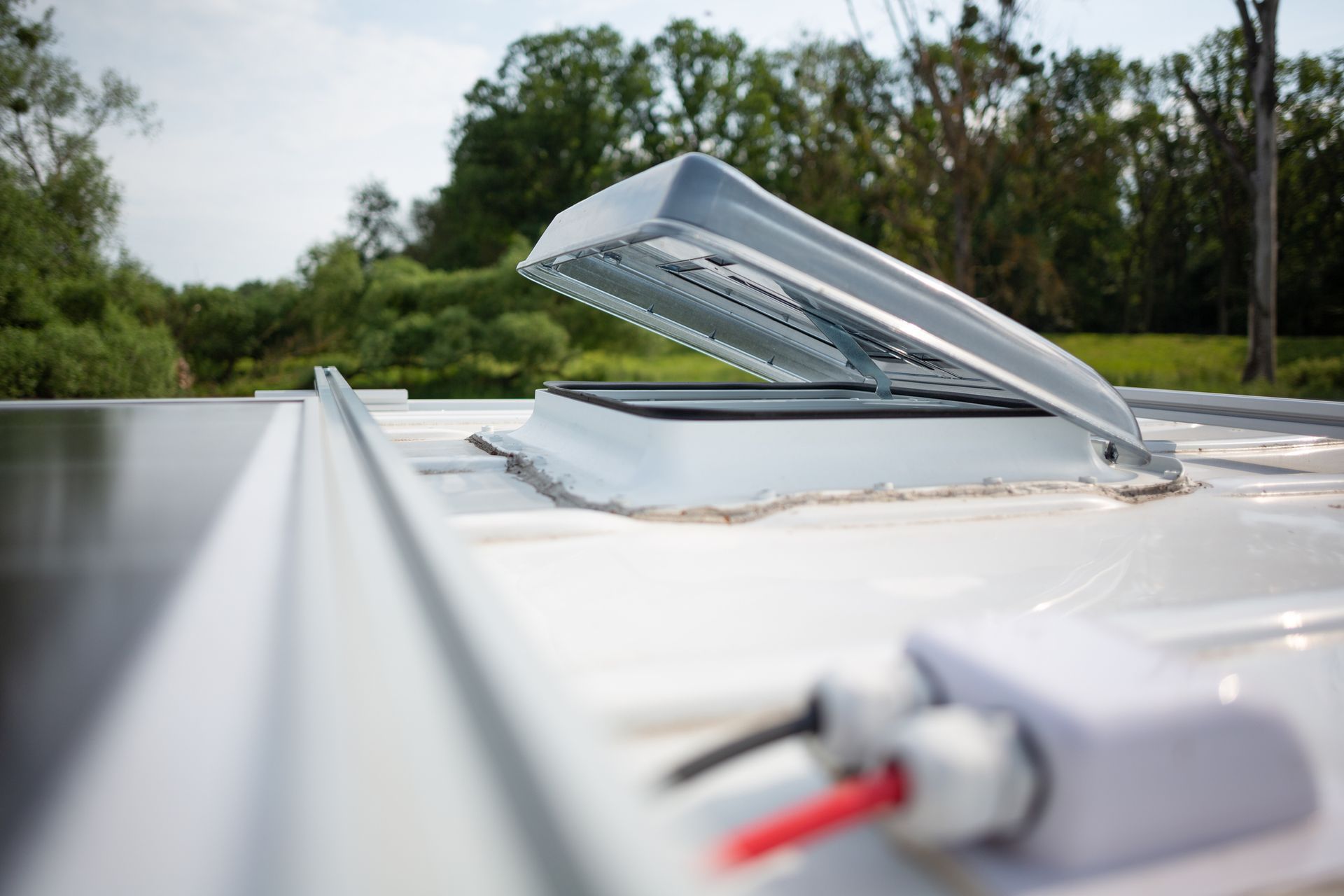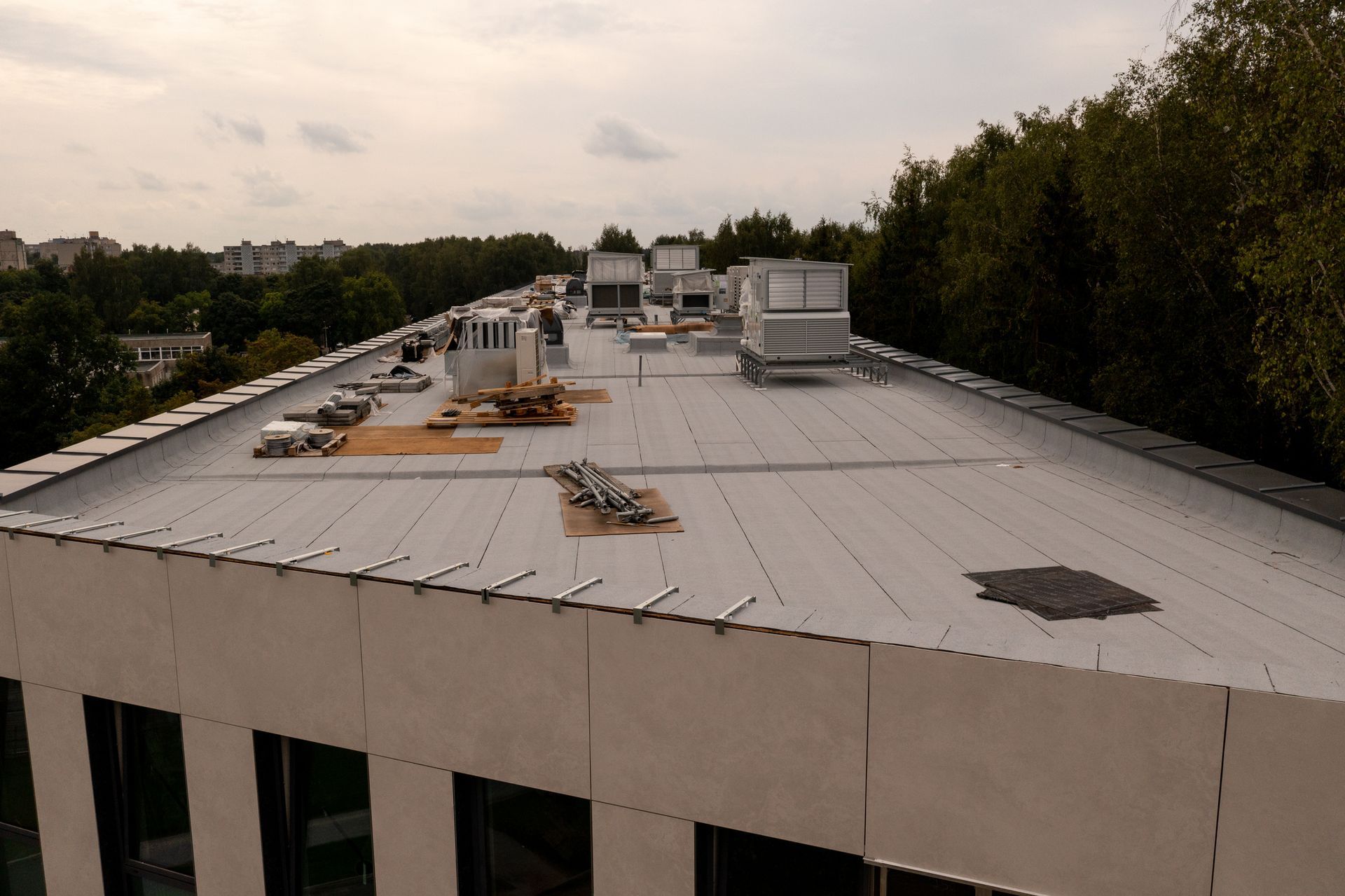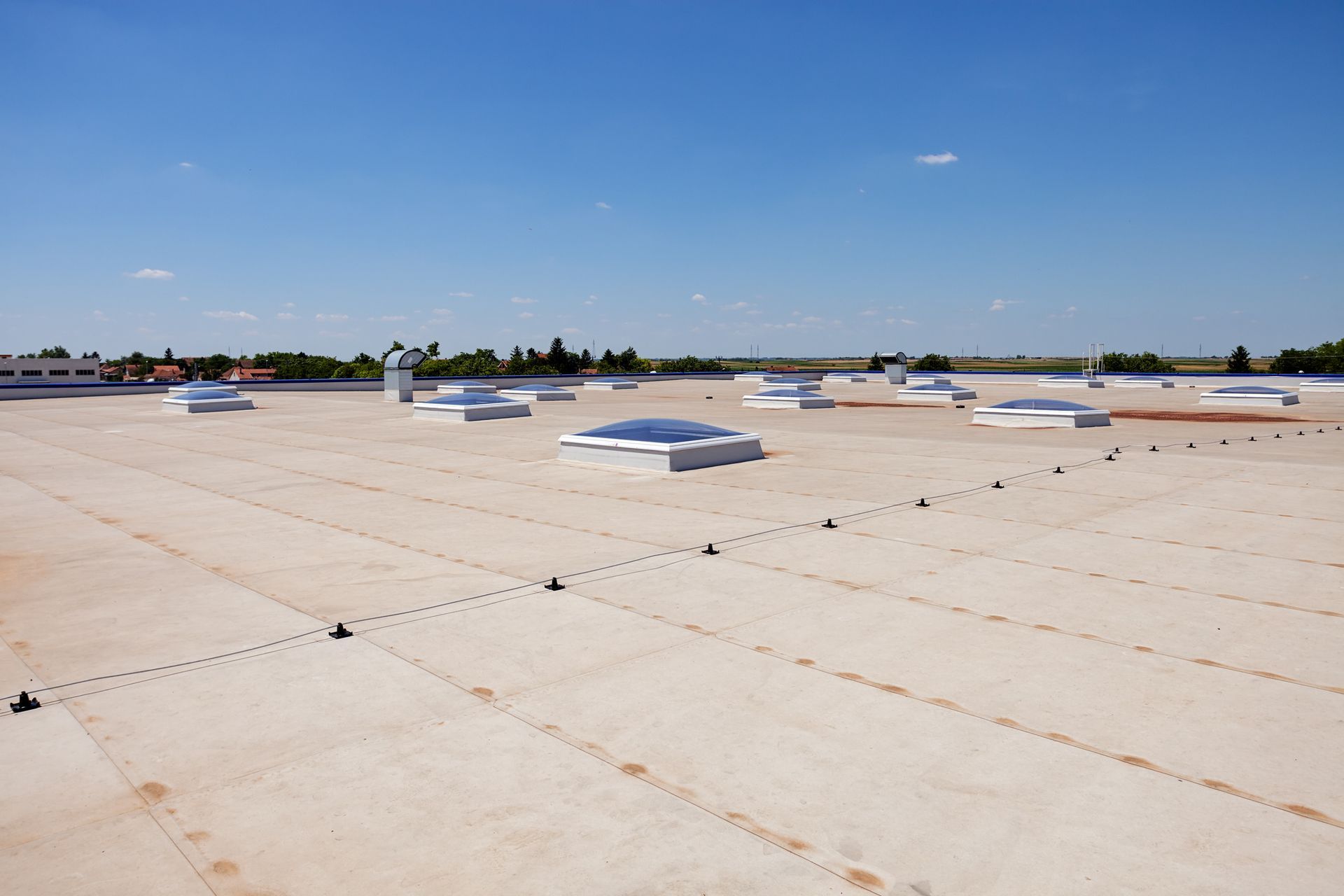6 Essential Elements of a Resilient Roof
The word resilience, as it relates to the roofing industry, has become increasingly important in recent years, as the severity of hurricanes, tornadoes and other weather-related events seem to be increasing in intensity, and putting greater pressure on commercial and residential buildings. The Resilient Design Institute actually offers the following definition to clearly indicate what is meant by the term: “The capacity to adapt to changing conditions and to maintain or regain functionality and vitality in the face of stress or disturbance. It is the capacity to bounce back after a disturbance or interruption.” There are a number of elements which contribute to the resilience of a roofing system, and which can be designed in, so that the end result is a resilient roof which offers a maximum resistance to weather events and other disturbances.
Wind resistance
One of the most important elements in resilience for roofing is having the capability to withstand high winds. With greater attention being paid to damaging storms these days, increased ability to withstand winds is becoming more and more important, and roof designers are taking note of that fact. Since most wind-related damage typically begins at corners and on the perimeters of the roof, edges are now being enhanced with better fasteners and stronger edge details, which can increase their resistance to wind.
Impact resistance
There are several different types of impacts possible to roofing, including flying debris, falling rooftop equipment or materials, and severe hail events. One good way to provide increased impact resistance, and to elevate roofing resilience, is by using a tough membrane equipped with a durable cover board, which is strategically positioned between the membrane and an insulation layer. Geographic locations which frequently experience hailstorms typically design in these cover boards as an essential component of resilience.
Insulation
Insulation plays a significant role in keeping occupants comfortable, while also contributing to the resilience of a building. Higher insulating values result in lower heat transfer in and out of buildings, which means that a more comfortable temperature is sustainable on the interior. This becomes much more important when storms hit, and power is lost.
Rooftop energy production
To add to the long-term resilience of a roofing system, energy production from sources like solar panels can be incorporated. The importance and the effectiveness of this strategy are made clear when there are power outages, and the solar-powered system takes over to provide power for those key systems of a building which require it.
Daylighting
When there’s any kind of failure in the normal power system, rooftop daylighting can at least temporarily provide needed lighting, so as to keep a building functional and operating somewhat normally. The usefulness of this strategy of course, is limited to those hours before dusk and darkness, but in an emergency situation, that can still be extremely useful, and it does contribute to the resilience factor.
Roof color
The color of roofing materials comes into play because lighter colors are very effective at reflecting sunlight rather than absorbing it, which contributes significantly to occupant comfort. It’s also true that the more reflective roof surfaces drastically reduce the potential for solar gain, which in turn, means there is less heat transfer on the roof. As the ratio of roof-to-wall rises, the importance of a roofing system’s thermal effectiveness rises right along with it.
Turn to All Seasons Roofing, LLC to give your commercial roof the proactive care its needs. Contact us now at 573-634-2241 to discuss your roofing needs and be sure to ask about our Annual Flat Roofing Maintenance Program. We specialize in flat commercial roofs and serve businesses throughout Central Missouri.
The post 6 Essential Elements of a Resilient Roof appeared first on All Seasons Roofing.
